Sustainable wellbeing and green living
Let's find ways to Flourish!
Stop Chasing and Start Cultivating Happiness
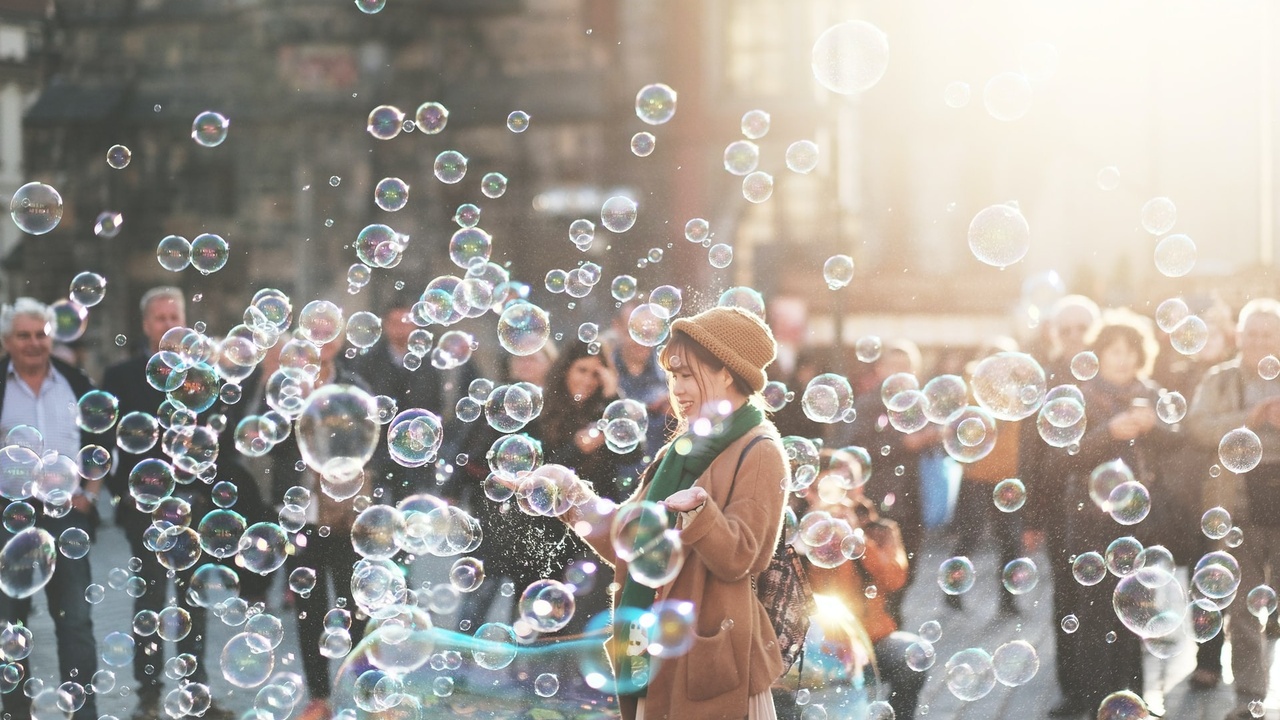
Sometimes it seems like western culture is obsessed with happiness. Perhaps you know people who are almost like adrenaline junkies chasing their happiness. But I think a big part of the problem here is that we have a poor understanding of what happiness is and that leads us to pursue what is inherently fleeting.
So, if you really want those good feelings on a long-term basis, regardless of what life brings us, that is possible, but we need to revise the way that we define happiness.
It can be hard to know where to begin when we try to define happiness. With so many different definitions out there, and the highly personal aspects of the concept of being happy, defining the word happiness presents a unique challenge.
It is also important to understand the meaning of a few other terms within the context of happiness and greater overall wellness to better understand what we mean when we say we are happy, and what we are really seeking in our quest for overall wellbeing.
Happiness
Happ...
How Ecofeminism shows us the path to a sustainable future
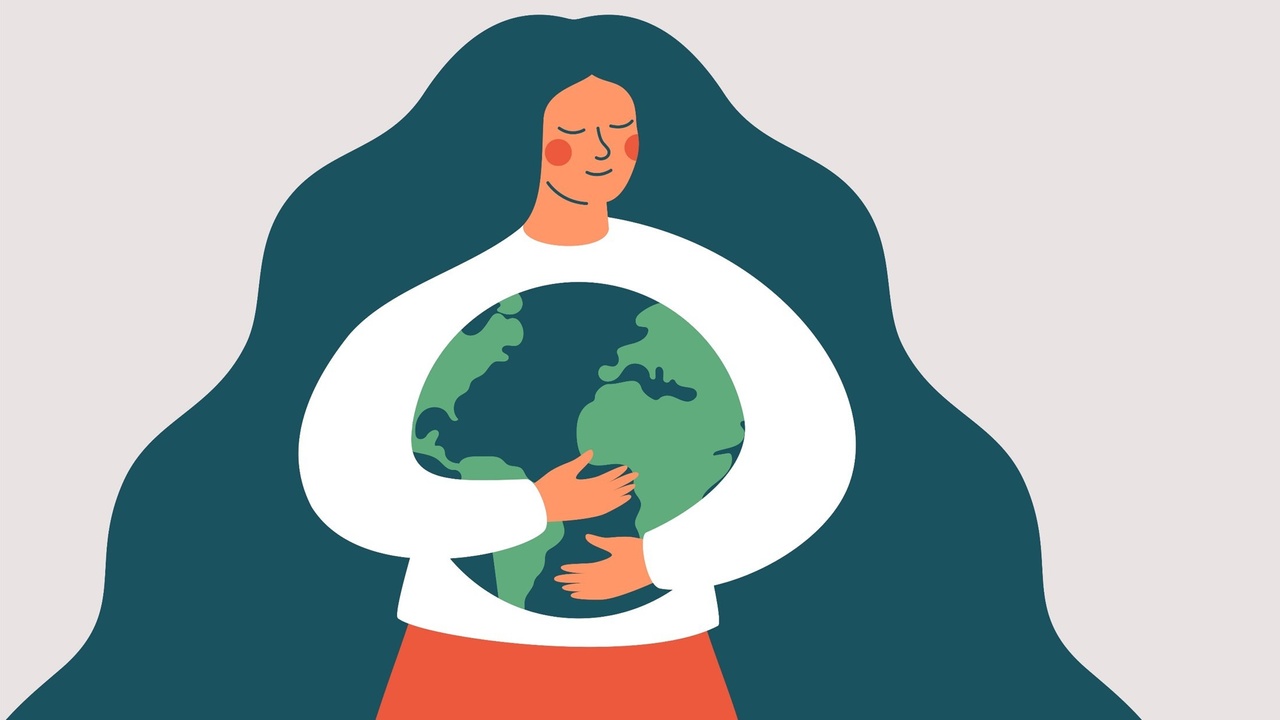
"You cannot step twice into the same river." - Heraclitus
We too are the embodiment of change, our experiences change us inwardly and outwardly, and, as it turns out, the same is true of the environmental movement. Where we once talked about sustainability being related to ecological, economic and social, we have an evolving understanding of sustainability.
Where we once may have been silent on the relationship between social justice and sustainability, we now voice that they are integrally linked. And these connections can be expansive and help us to understand on a new level the roots of the problems and, hopefully, gain insight into the solutions.
The concept of Ecofeminism is not new, however, we can continue to be informed by looking at the issues from a feminist perspective.
Ecofeminism is described as the development of new consciousness for all of life and was first introduced by Francoise d’Eaubonne, a French feminist, in 1974.
Ecofeminism highlights that the devaluat...
Passing Along Wisdom and Cultural Heritage

“A people without the knowledge of their past history, origin and culture is like a tree without roots.” – Marcus Garvey
Wisdom and cultural heritage are inherited and passed down from generation to generation. The knowledge and cultural heritage that is passed down creates a sense of belonging and strengthens cultural ties between generations.
Oral traditions, skills, belongings, languages, social practices, and natural environments are all part of cultural heritage and wisdom. They are often learned from previous generations and are considered an integral part of our identity.
The elements that are shared between generations represent the memories and knowledge of the past, as well as their importance in the present moment and in the future. Much of our knowledge of how to live sustainably originates in the principles and wisdom passed down from our ancestors.
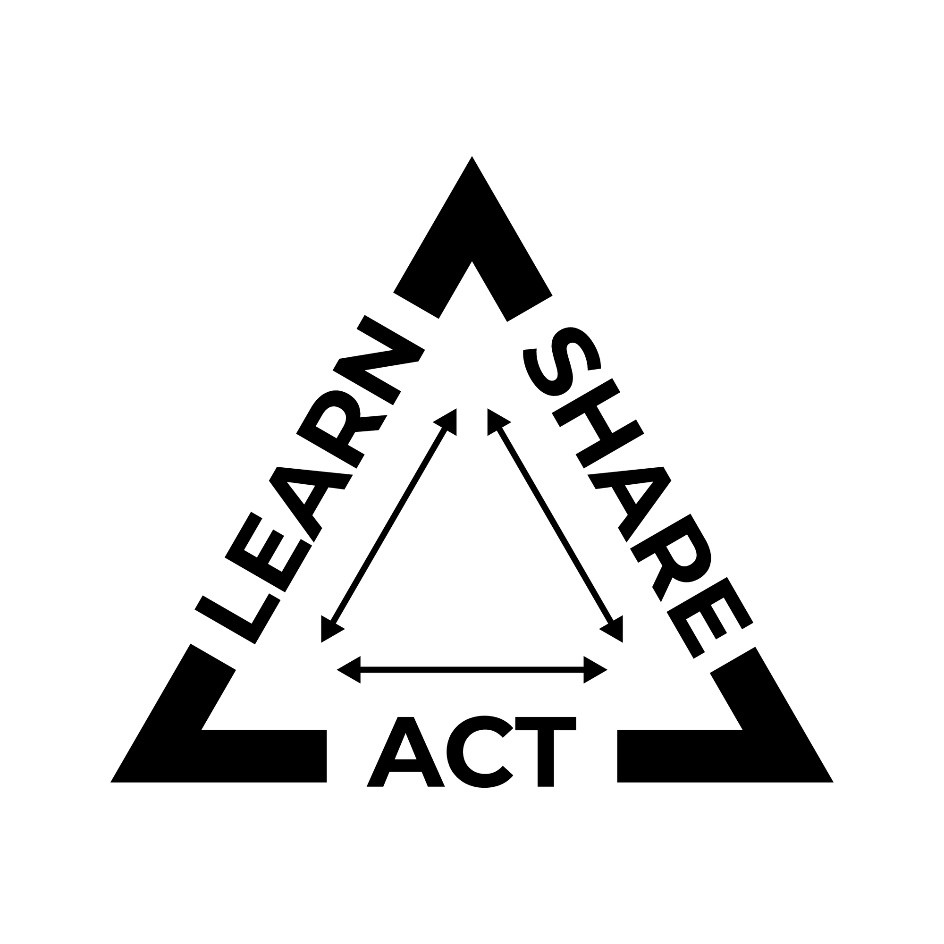
Traditions and nuggets of wisdom are passed down not by accident, but because they are deemed important and worthy ...
Collaborate with Nature through Land Art
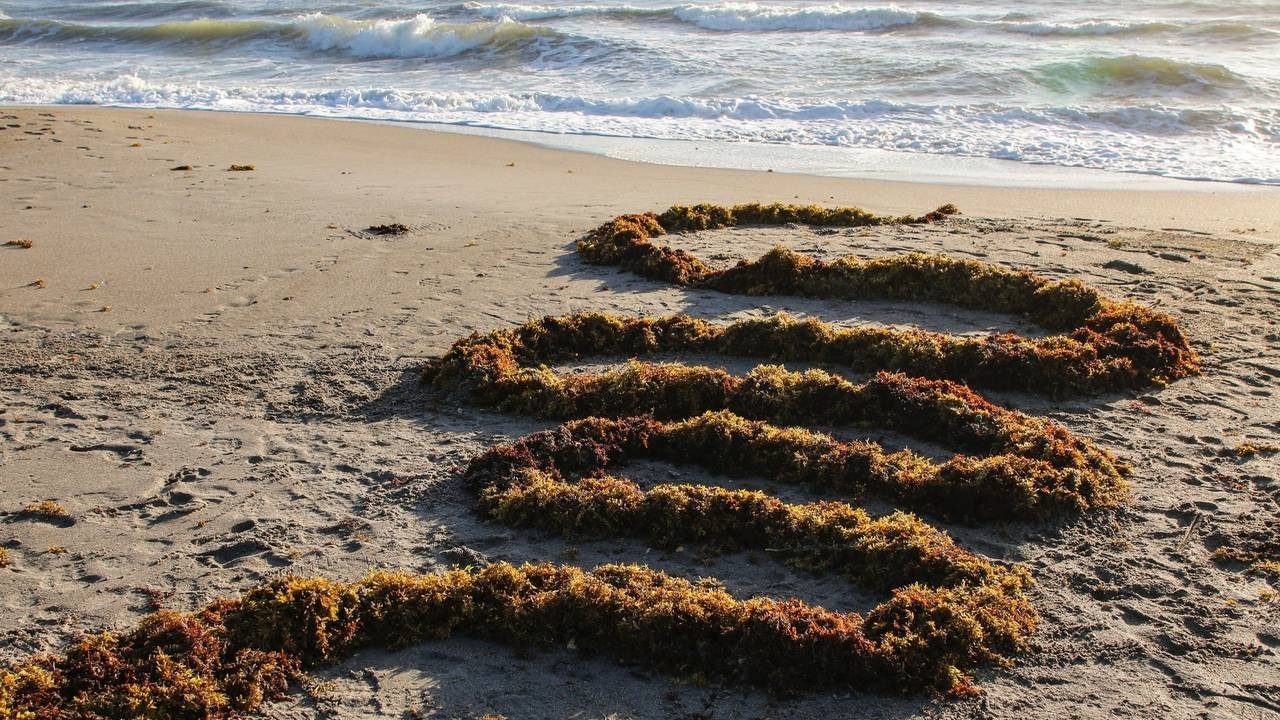
“Art is born of the observation and investigation of nature” – Cicero
The environmental art movement emerged in the 1960s and 1970s alongside increasing citizen awareness of environmental issues as well as the human impact on the environment.
During these times, many artists were looking for ways to showcase the human connection to the natural world. There are a variety of reasons why artists choose to engage in land art such as the desire to draw attention to environmental issues, work in harmony with nature, or challenge the traditional concept of art production.
What is land art?
Although art has depicted natural scenes for centuries, land art is unique in the way that the art piece is nature itself.
Unlike traditional art pieces which utilize paints, varnishes, metals, plastics, and other man-made materials that have the potential to harm the environment and human health, land art does not have a negative environmental impact.
Land art uses materials that are found in the nat...
How to build Climate Resilience
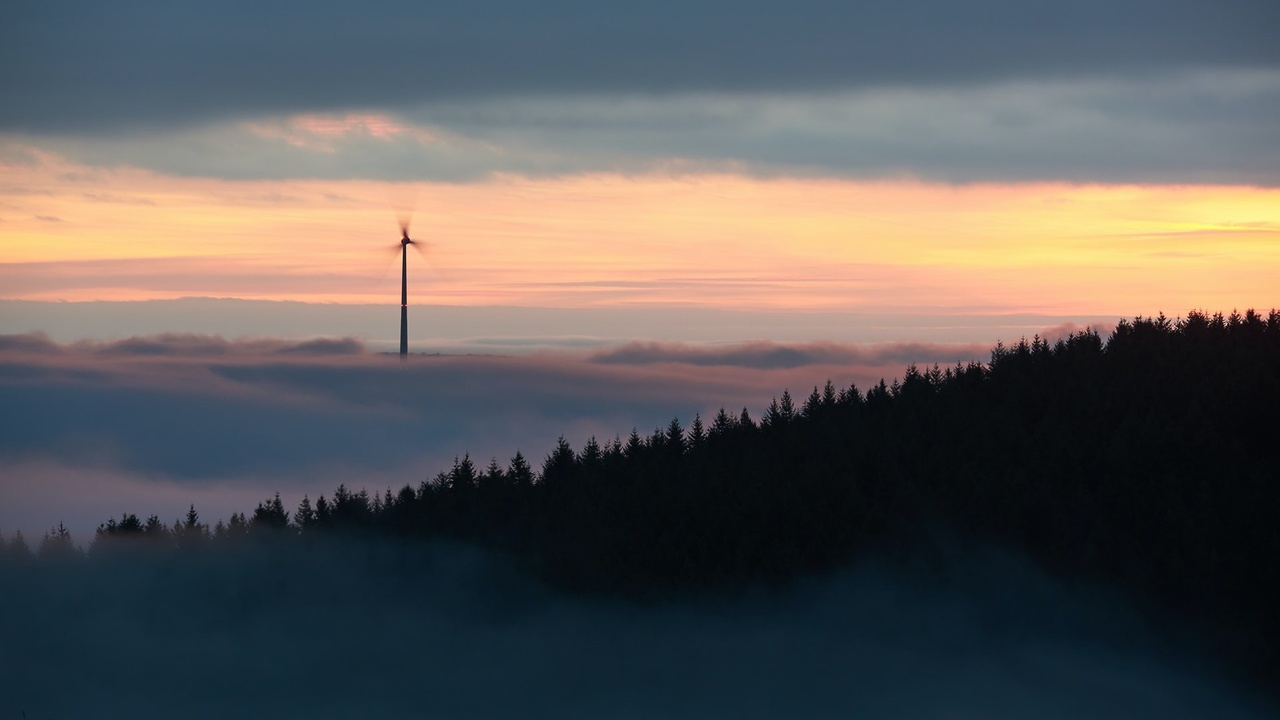
Climate change is already underway despite any efforts we may take to mitigate its impact or cease environmentally-destructive behaviours and activities.
This means that we should not only be reducing our environmental impact, but become resilient to the impacts of climate change as well. Countries, cities, communities, and individuals need to be able to cope with extreme weather events, sea-level rise, and other climate impacts.
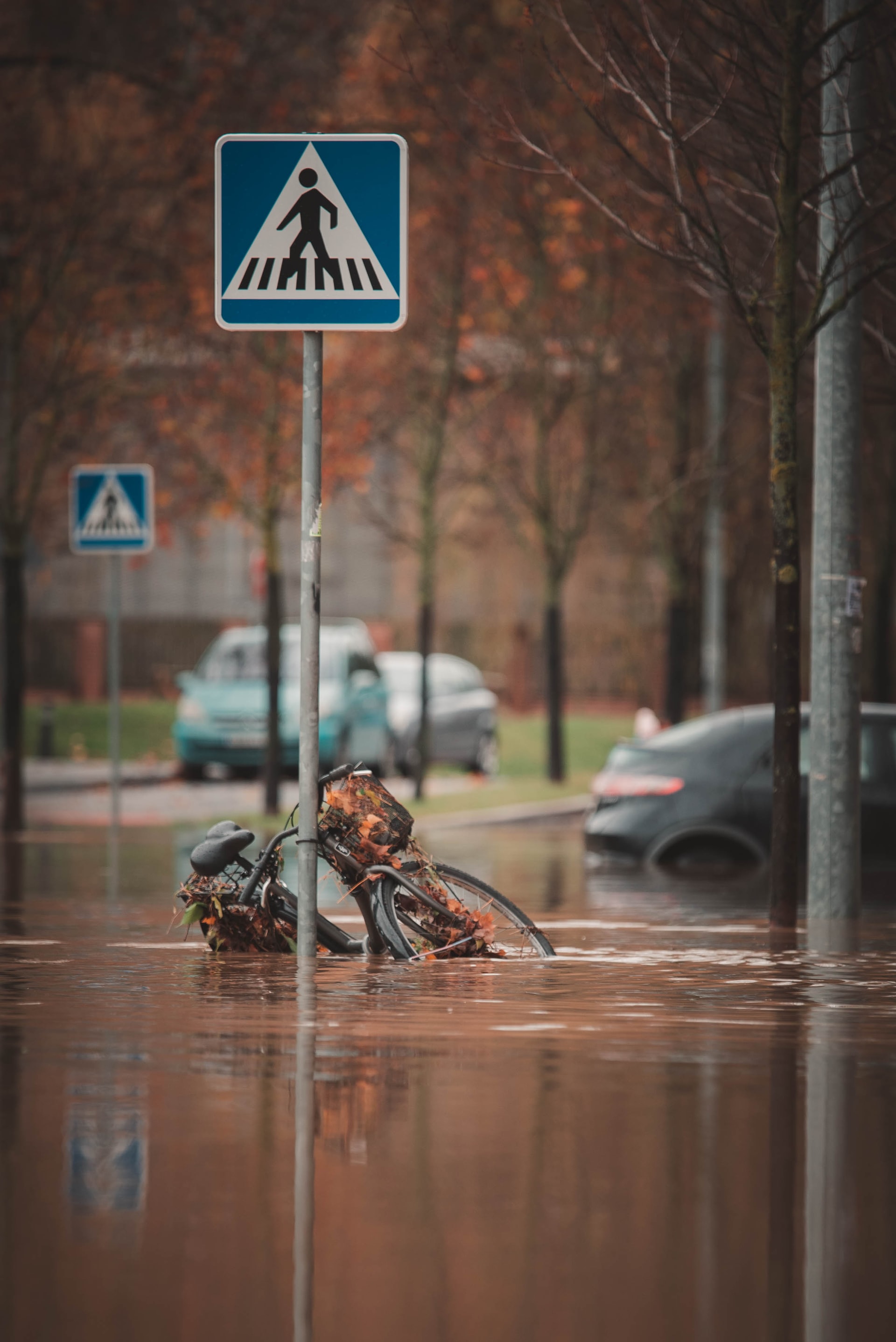
According to the Centre for Climate and Energy Solutions, climate resilience is “the ability to anticipate, prepare for, and respond to hazardous events, trends, or disturbances related to climate. Improving climate resilience involves assessing how climate change will create new, or alter current, climate-related risks, and taking steps to better cope with these risks.”
Resiliency really is key to building a safe and sustainable future.
Resilient cities and communities
Resiliency must be tackled at all levels. In the public realm, it is important for c...
The Gardening Life with Lori and Keith Michaelson
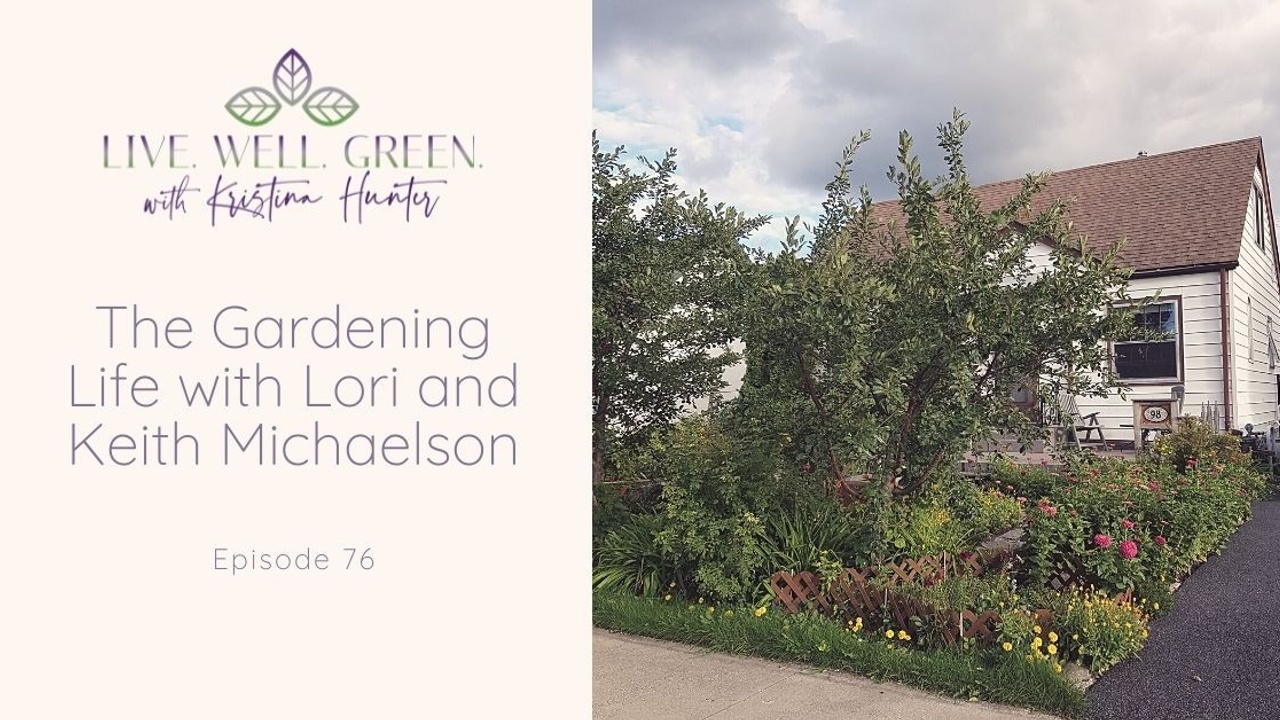
How to use Forest Bathing to Manage Eco-anxiety
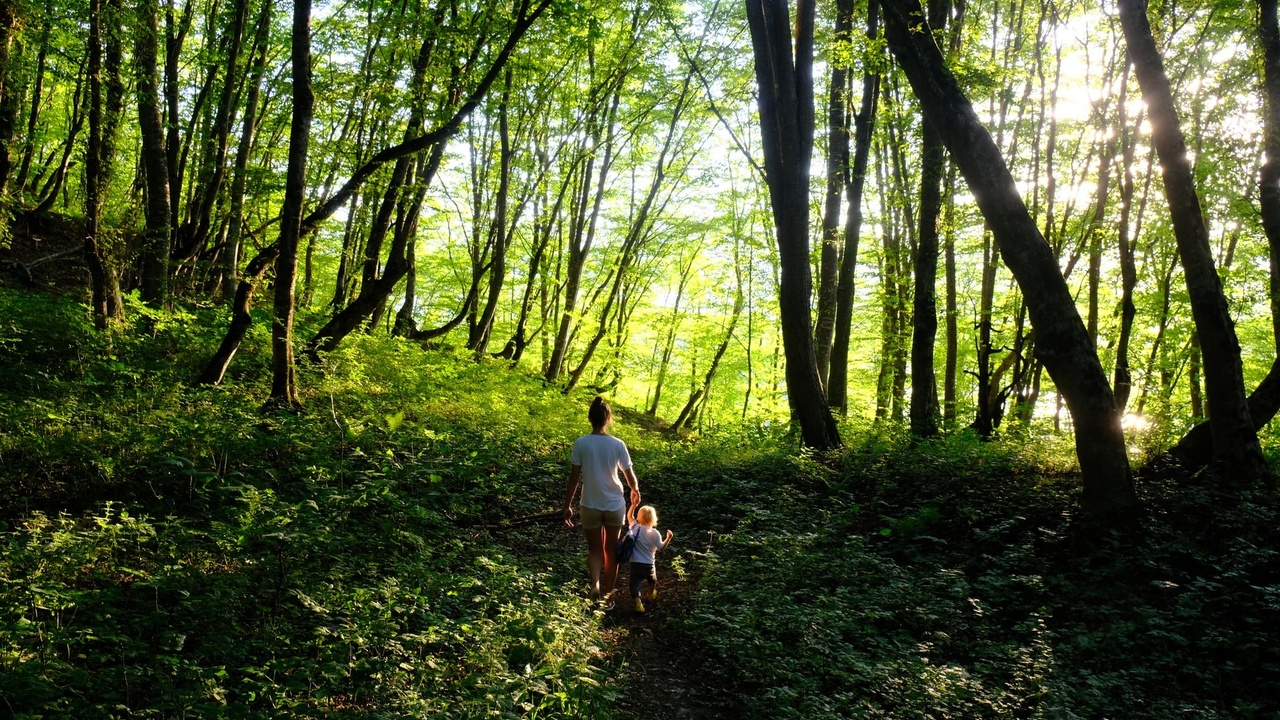
“It is not so much for its beauty that the forest makes a claim upon men’s hearts, as for that subtle something, that quality of air that emanation from old trees, that so wonderfully changes and renews a weary spirit.” - Robert Louis Stevenson
Forest bathing is a mental and physical wellbeing exercise that emerged in Japan in the 1980s. The Japanese name, shinrin-yoku, can be directly translated into the English words “forest” and “bath.”
This exercise, as its name suggests, involves immersing yourself in nature and connecting to your surroundings through sight, sound, touch, smell, and taste. Unlike many organized outdoor activities that involve physical exercises such as hiking, sports, swimming, or jogging, forest bathing only requires your presence in nature.
Although forest bathing may seem intuitive, our growing disconnect from nature means that we are not taking the time to be present in nature as often as we should.
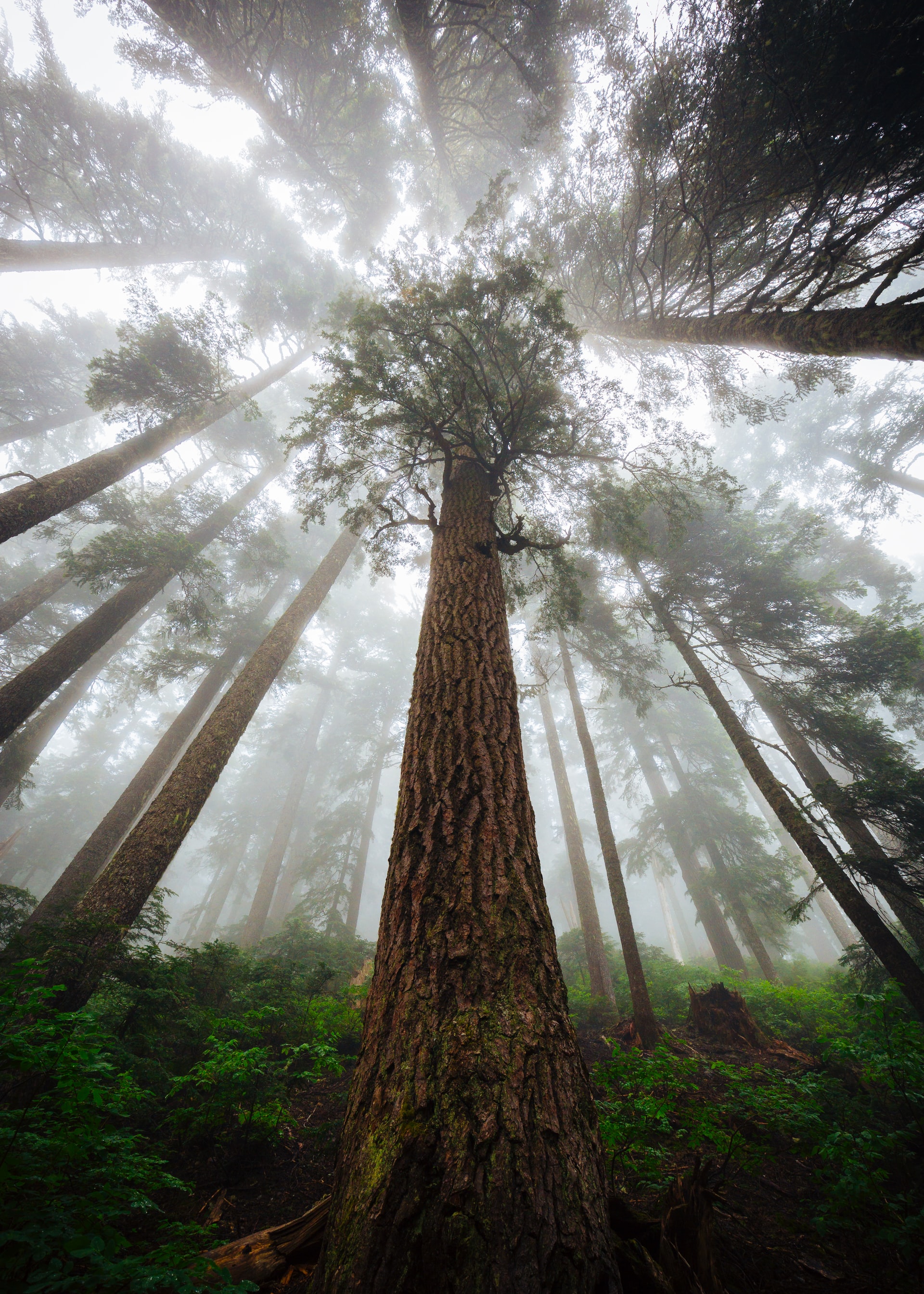
“And into the forest I go, to lose my mind and fi...
What's the deal with Fossil Fuel Divestment?
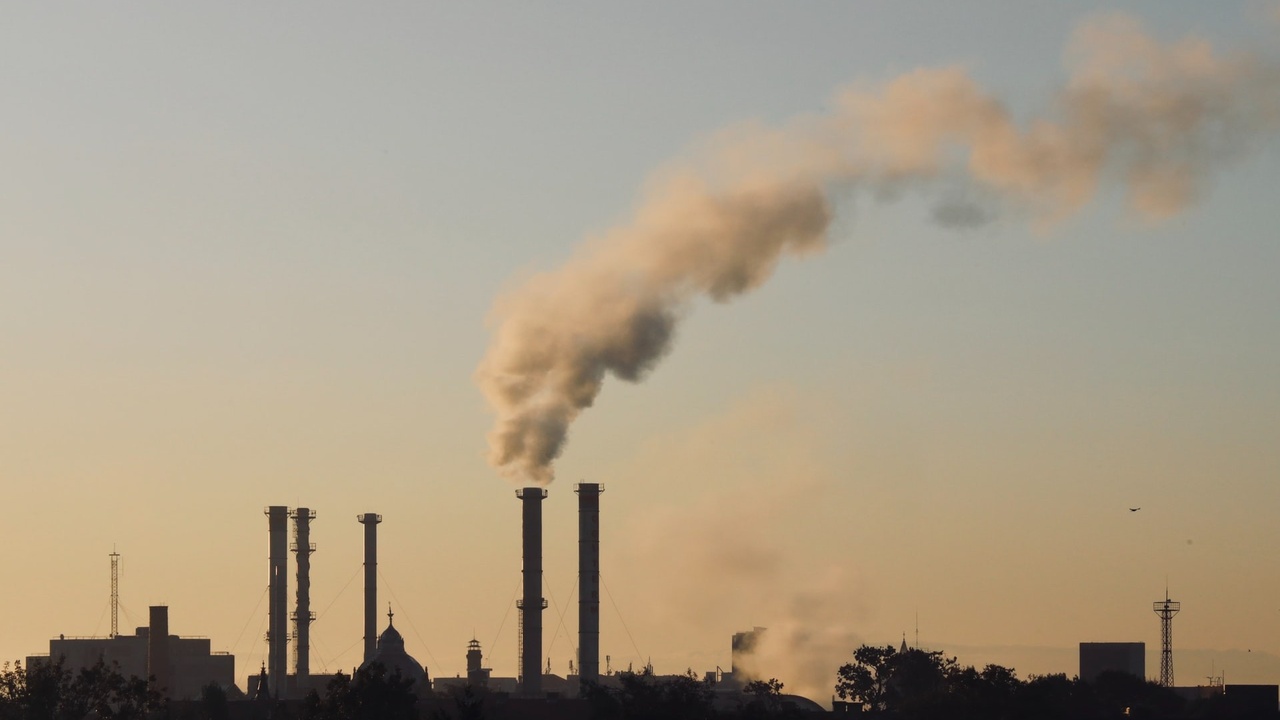
Climate change can be largely attributed to the combustion of fossil fuels, which results in the accumulation of carbon dioxide and other greenhouse gases in our atmosphere.
In this day and age, it is becoming harder to deny the existence of climate change. For those of us who have been concerned about environmental affairs for some time, witnessing a shift in temperatures and weather patterns has been anxiety-inducing, to say the least.
Just this past year, Canada experienced record-breaking heat levels in the summertime, Madrid experienced unprecedented levels of snow in January, and wildfires ravaged Greece, Turkey, and Italy in August. And these are just a few examples of the extreme weather events that are becoming more and more common around the world.
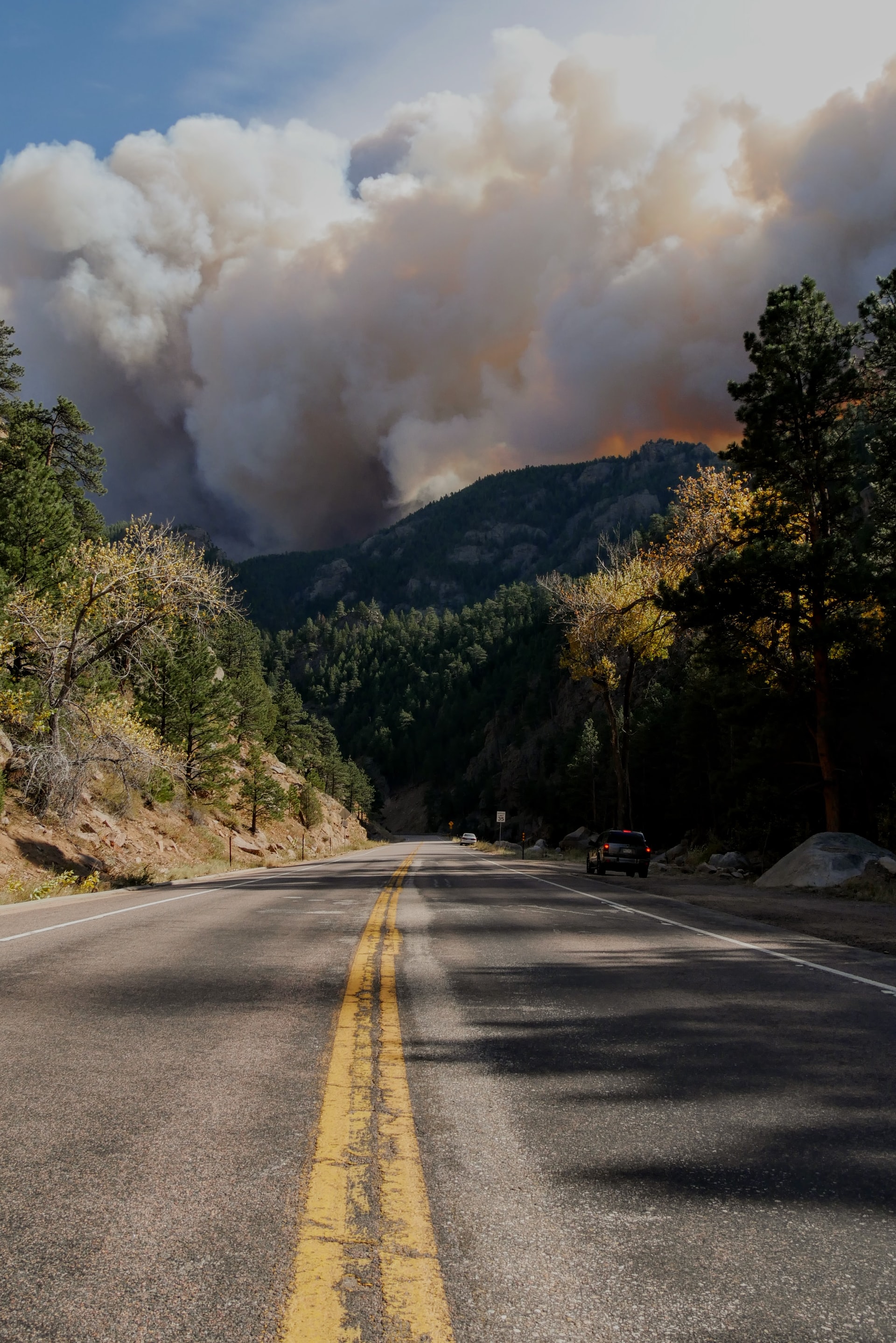
Clearly, action needs to be taken to mitigate the environmental damage that has already occurred. Fossil fuel divestment is a good place to start.
A fossil fuel budget
Back in 2012, Bill McKibben introduced three numbers tha...
Activism 101

"You must unite behind the science. You must take action. You must do the impossible. Because giving up can never ever be an option." – Greta Thunberg
Raising awareness about environmental issues is essential when it comes to creating change and protecting the environment. Yes, your personal act matters, but you can amplify your impact by making others aware of your actions and desire for social change.
Without the voices and actions of activists, many environmental issues would go unchecked and cause further degradation. We are in the midst of a critical paradigm shift as I see it. There is an increasing awareness of the issues, demand for a different pathway, and adding your voice can make all the difference!
Education as Activism
Researching an environmental issue will provide you with essential information such as why the issue is occurring, where it is most prevalent, what actions contribute to the issue, how it can be prevented/reduced, and what efforts are currently bein...
How yoga helps you relate to the natural world
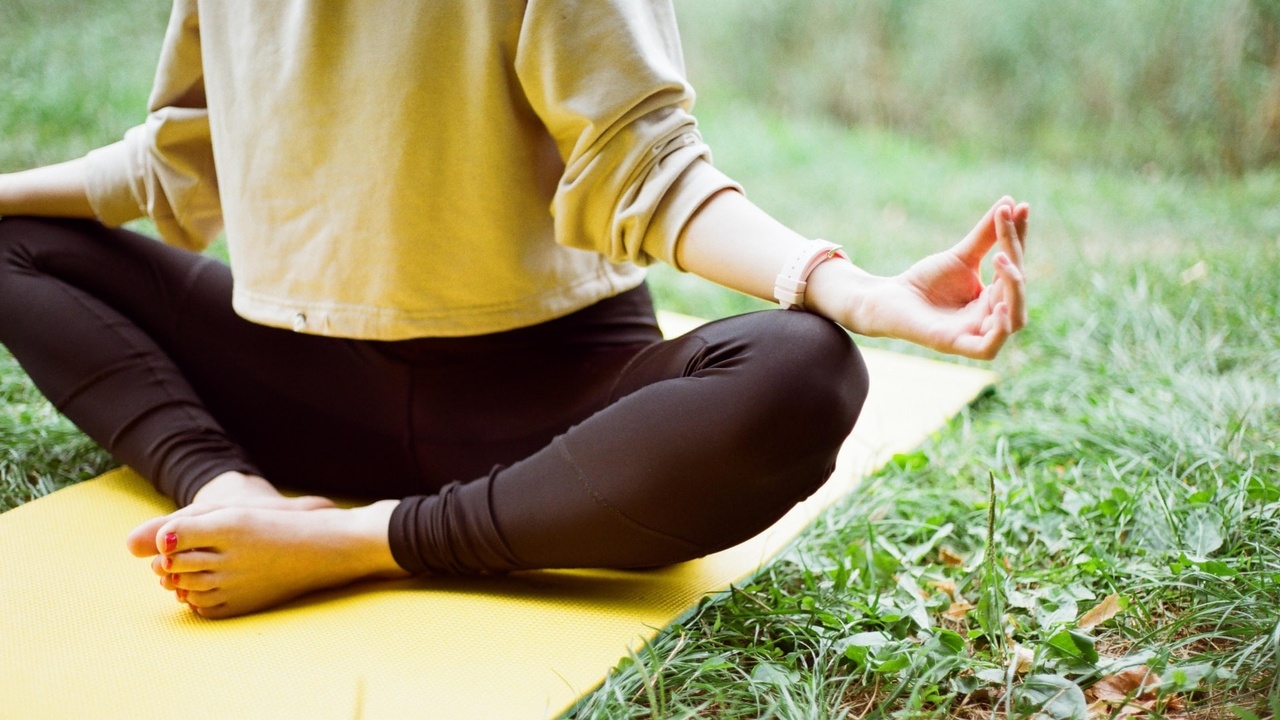
"Yoga makes you harmonious with nature and teaches you to be joyfully curious about your inner world." - Debasish Mridha
Yoga is a mind-body practice that has been around for thousands of years and continues to be a popular method of exercise and wellness today.
And good news, it is not just for the fit and flexible. There is a yoga practice for every body type and ability.
Some physical benefits of practicing yoga include increased flexibility, increased muscle tone and strength, lowered blood pressure, better posture, and improved balance.
These physical benefits are accompanied by many mental benefits as well. Yoga practices often incorporate meditation and breathing exercises in order to reduce stress, increase awareness of your body and movements, aid in sleep, and increase mental clarity.
But even beyond the physical and mental benefits, when we connect deeply with our bodies, we begin to find a new relationship to ourselves and the natural world. Our bodies are made of ...

